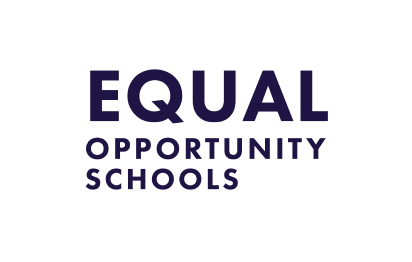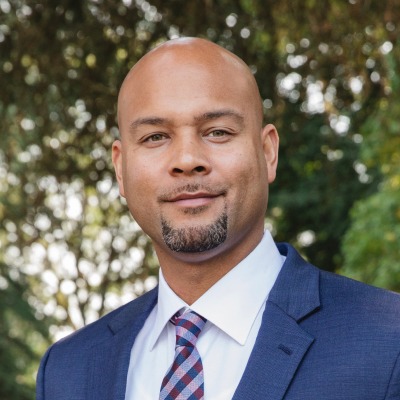Equal Opportunity Schools
The Problem
- Every year, more than three-quarters of a million high school students are ready to take Advanced Placement (AP), International Baccalaureate (IB) and other advanced courses but are not enrolled. These students are disproportionately students of color and/or from low-income families.77
- It’s not for lack of interest that students are not enrolled. For example, 2 in 5 Black and Latino students say they enjoy science, technology, engineering and math (STEM) courses and aspire to go to college, but less than 3% enroll in STEM courses.78
- Instead, often there are barriers in schools to advanced courses, such as a requirement for a single measure of readiness that disproportionately affect students of color.
CZI Support
CZI’s support helped Equal Opportunity Schools (EOS) work with more schools nationwide and broaden its research on student belonging, academic experiences and well-being. EOS is also improving the Student Insight Card, which provides 43 unique insights for each student with data from a survey developed to understand students’ interests, aspirations, challenges and barriers to enrolling in higher-level courses. The survey helps schools better understand their students and design ways to engage highly capable students in advanced coursework.
The Impact
EOS helps schools analyze data to uncover students with the potential to succeed in advanced coursework, design outreach plans to engage them, and create a support system to ensure they succeed. When schools broaden the definition of readiness for advanced learning and create a culture of belonging, they find that many more students are ready to enroll and succeed in these courses.
Since 2011, EOS has worked with more than 900 schools to enroll more than 70,000 students from diverse racial and economic backgrounds in advanced classes.79
For example, after Verona Area High School in Wisconsin adopted the EOS model in the fall of 2013, AP enrollment increased among low-income students and students of color by 25% in one year. Over the next nine years, the district enrolled more than 500 students of color and low-income students in AP courses.80 In New York City, schools working with EOS increased enrollment in AP/IB courses by an average of 16% — or 3,400 students — over six years while increasing or maintaining course and exam pass rates.81
Founded:
2010
Website:
Mission:
Equal Opportunity Schools strengthens educator and system leader capacity to break down barriers to increase access, belonging and success in rigorous college and career-prep secondary school courses for underserved and underrepresented students so that they may thrive in their postsecondary pursuits and life goals.
“The Equal Opportunity Schools approach promotes a definition of academic readiness that looks beyond test scores, GPA and prerequisite courses to incorporate a holistic view of students and schools in context. Students across the country are ready and able; they just need to be seen, and we need to remove barriers to the academic resources they need to meet their goals.”






